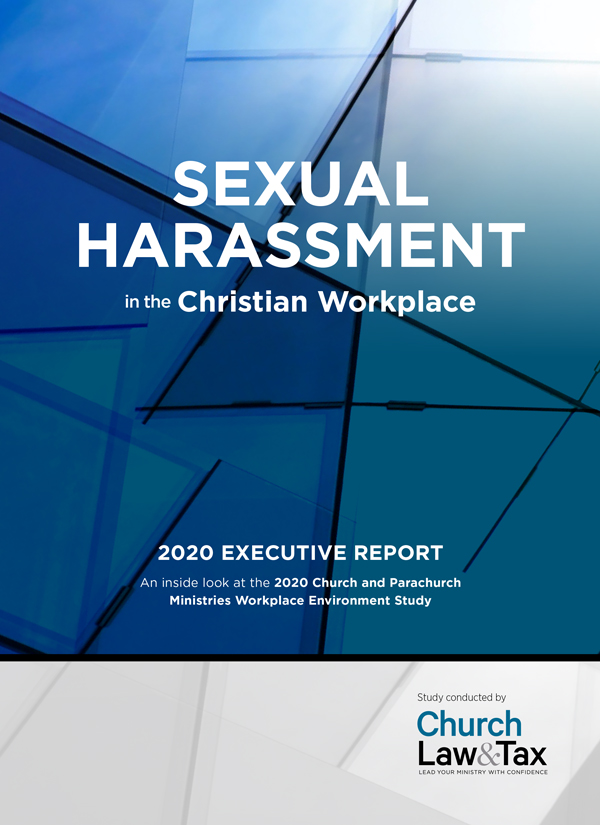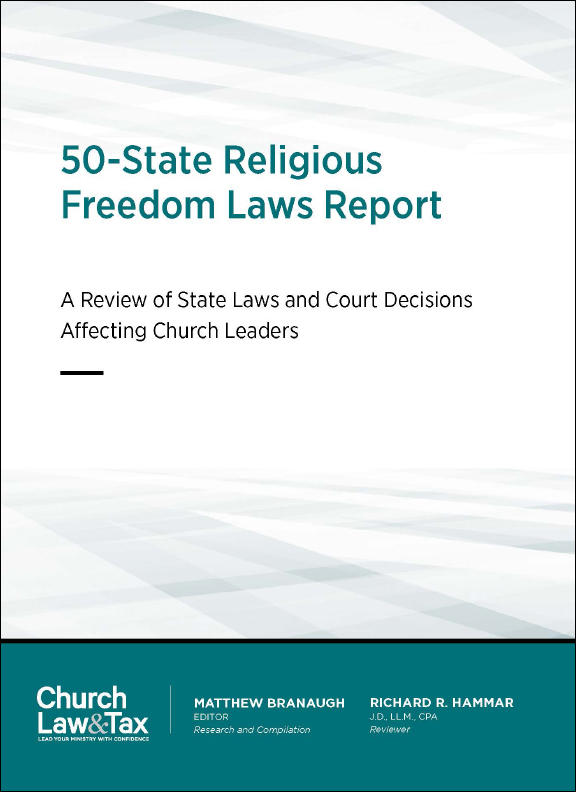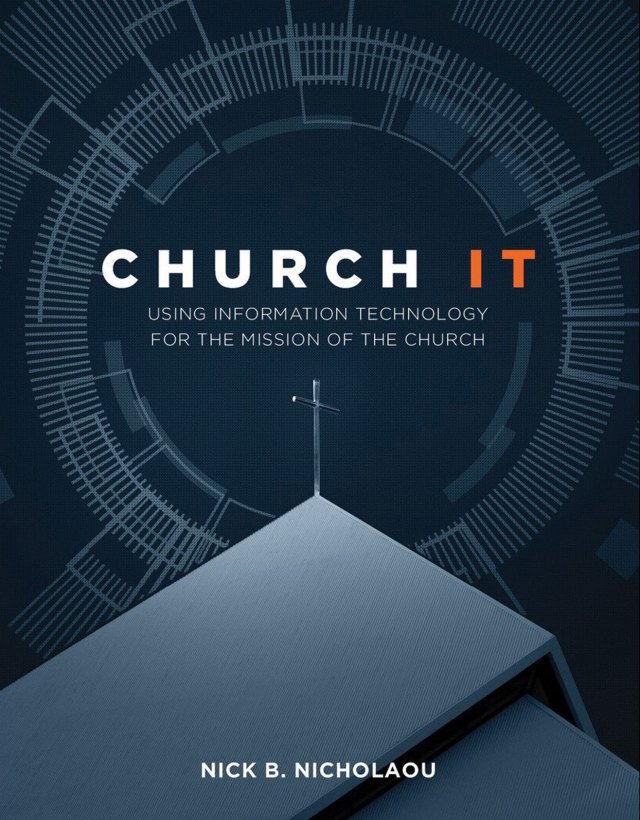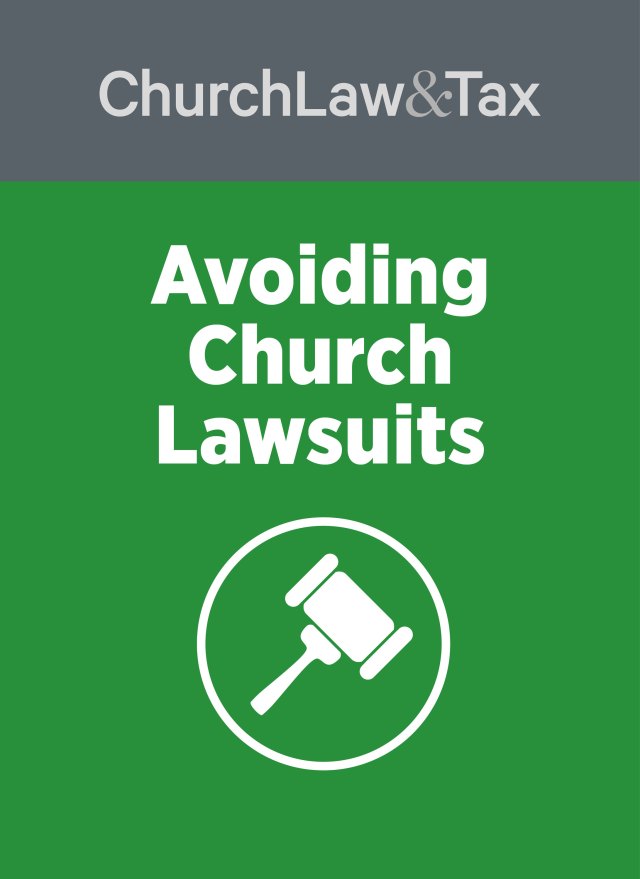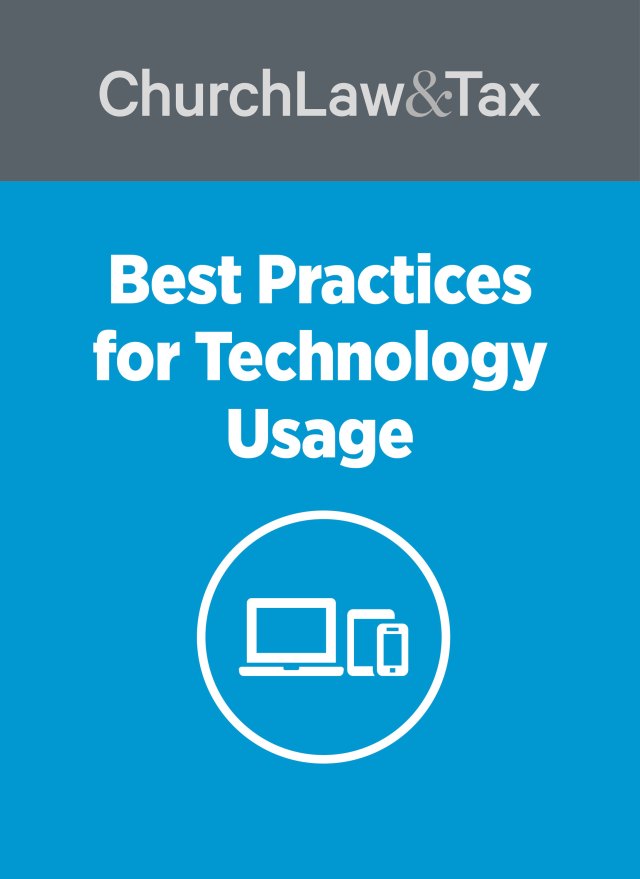Most churches, whether incorporated or unincorporated, have a governing document that addresses several issues of governance and administration.
While the name for this document varies from church to church, it often is called bylaws, and it is this name that will be used in this article as a matter of convenience.
There are several legal issues that are associated with church bylaws. This article addresses many of them.
What are bylaws?
What are church bylaws? The Model Nonprofit Corporations Act (4th ed. 2022), which has been adopted by three-quarters of the states, closely mirrors the Model Business Corporation Act Annotated (5th ed. 2020). The Model Business Corporation Act says bylaws “may contain any provision for managing the business and regulating the affairs of the corporation, so long as they are not inconsistent with applicable law or the corporation’s articles of incorporation.”
One court defined bylaws as follows:
The bylaws of a corporation are the rules of law for its government. The term “bylaw” may be further defined according to its function, which is to prescribe the rights and duties of the members with reference to the internal government of the corporation, the management of its affairs, and the rights and duties existing among the members. Bylaws are self-imposed rules, resulting from an agreement or contract between the corporation and its members to conduct the corporate business in a particular way. Until repealed, bylaws are the continuing rule for the government of the corporation and its officers. Schraft v. Leis, 686 P.2d 865 (Kan. 1984).
Because bylaws contain rules for internal governance and administration, they are indispensable for both incorporated and unincorporated churches.
Know your current version
In many churches, the bylaws were adopted long ago, and have been amended numerous times over the years. As a result, there may be various “editions” in circulation. Often, these editions are undated, and this can make it difficult if not impossible to identify the current one. This can create confusion.
Example A church conducts an annual business meeting at which 15 percent of the members are present. Some members question whether a quorum exists. Church staff scour the church office, looking for a copy of the church’s bylaws. Two editions are found. One defines a quorum as 20 percent of the church’s membership, and the second defines a quorum as 10 percent of the church’s membership. Neither edition is dated, and no one knows which of these editions is more recent, or even if either of them represents the current edition. What steps can church leaders take to identify the current version of the church bylaws?
Here are two common procedures that can be very effective in identifying the current version of a church’s bylaws:
- Identify copies of the church bylaws with a numeric designation. To illustrate, a church identifies its current bylaws as “version 1.0.” During the church’s membership meeting in 2025, two amendments are made to the bylaws. Following the meeting, the revised bylaws are printed, and designated as “version 1.1.”
- Identify copies of the church bylaws by date. For example, designate the current bylaws “Current as of [date].”
In either case, be sure that all printed copies of the bylaws bear the appropriate designation, and dispose of undesignated versions.
The United States Supreme Court has observed that “all who unite themselves to [a church] do so with an implied consent to its government, and are bound to submit to it.” Watson v. Jones, 80 U.S. 679 (1871). A church’s “government” generally is defined in its charter, constitution, bylaws, resolutions, and practice.
(Cal. App. 2008).
Do Churches Need Both a Constitution and Bylaws?
Some churches maintain both a constitution and bylaws, a practice that dates back over a century. However, having both is rarely necessary unless:
- The constitution is clearly superior to the bylaws (by explicit language or a stricter amendment process).
- The constitution governs only the most significant matters (e.g., doctrine, property).
- The bylaws handle routine governance and administration.
⚠️ Common Conflict
Churches that maintain both documents often include overlapping provisions. Over time, this can lead to confusion and legal risk.
Example:
A church amends its bylaws to change the size of the church board, but forgets to update the corresponding language in its constitution. Now the two governing documents are in conflict.
🚫 Don’t Combine Without Clarity
Using the term “constitution and bylaws” without distinguishing between them is imprecise and should be avoided.
What Should Be in a Church’s Bylaws?
According to the Model Business Corporation Act:
“The bylaws of a [nonprofit] corporation may contain any provision for managing the business and regulating the affairs of the corporation, so long as they are not inconsistent with applicable law or the corporation’s articles of incorporation.”
Common Bylaw Topics
Include provisions that address:
- Member qualifications, selection, and removal
- Scheduling of annual and special meetings
- Meeting notices and quorum requirements
- Voting rights and procedures
- Election, term limits, and removal of officers/directors
- Filling board vacancies
- Board and officer responsibilities
- Amendment procedures for the bylaws
- Procedures for property transactions
- Standing committees (e.g., audit, investment, insurance)
💡 Tip: Drafting bylaws is complex. Always consult an attorney experienced in nonprofit or church law.
Frequently Omitted (But Valuable) Bylaw Provisions
Consider adding these often-overlooked clauses:
- Mediation or Arbitration Requirement – To resolve internal disputes.
- Parliamentary Procedure Reference – Specify which system (e.g., Robert’s Rules of Order) governs meetings.
- Resignation Limits During Discipline – Clarify that members undergoing discipline cannot resign mid-process (see the Guinn case).
- Contract Approval Procedures – Who can legally bind the church?
- Check Signing Authority – Require two officers; name them.
- Employee Bonding – For those handling funds.
- Annual Financial Audit or Review – For transparency and risk reduction.
- Indemnification Clause – Protect officers and directors sued over church decisions.
- Fiscal Year Definition
- Staggered Board Elections – Ensures continuity.
- Meeting Flexibility – Allow virtual or phone meetings if needed.
- Proxy and Absentee Voting – Must be explicitly allowed in bylaws.
- Custody of Records – Clarify who holds official documents.
- Membership Record Inspection – Define rights, limits, and procedures.
- Voting Clarity – Define terms like “two-thirds vote.”
- Automatic Suspension for Absences – Set expectations for board attendance.
⚠️ IRS Alert: In 2008, the IRS denied tax-exempt status to a church, citing the absence of bylaws and a conflict of interest policy. Even though not explicitly required, these documents are strong indicators of responsible governance.
The Guinn Case: Withdrawing During Church Discipline
In Guinn v. Church of Christ, the Oklahoma Supreme Court ruled that:
- Churches may discipline active members (still under membership).
- Discipline of those who resign first is not protected by the First Amendment.
- Churches can prevent resignations mid-discipline only if members waive their right to resign—ideally through a bylaw clause.
What Not to Include in Bylaws
Bylaws govern internal church operations. Other matters are better suited for resolutions or separate policies.
Better Addressed Elsewhere:
- Personnel Policies – Use an employee handbook.
- Volunteer Screening – Use child protection or HR policies.
- Doctrinal Statements on Marriage – Often unnecessary in bylaws if the church already defines the Bible as its doctrinal authority.
- Clergy Compensation or Housing Allowances – Use board resolutions instead.
How Bylaws Differ from Articles of Incorporation
Articles of Incorporation (aka Charter) Typically Include:
- Church name and address
- Duration of existence
- Purpose(s)
- Names of initial board members
- Required dissolution clause (e.g., assets must go to a 501(c)(3) upon dissolution)
🔎 Tip: Many states don’t require churches to file bylaws. Check with your state’s corporations commission for local requirements.
How to Prioritize Governing Documents
When conflicts arise, the following hierarchy generally applies:
| Order | Document/Source |
|---|---|
| 1 | Charter (Articles of Incorporation) |
| 2 | Constitution (if separate and superior) |
| 3 | Bylaws |
| 4 | Adopted parliamentary authority (e.g., Robert’s Rules) |
| 5 | State nonprofit corporation law (gap-filler) |
| 6 | Board Resolutions |
| 7 | Established custom |
| 8 | Majority rule (only if no other guidance exists) |
Resolving Conflicts Between Documents
In general:
- Charter > Constitution > Bylaws > Resolutions
- State law fills gaps unless church documents already address the issue
- Courts may avoid ruling on ambiguous bylaws that touch on doctrine
Ambiguity in Bylaws: Why It Matters
Ambiguous language in bylaws can lead to:
- Internal disputes
- Legal uncertainty
- Judicial interpretation (sometimes unfavorable)
🧭 Tip: Regularly review and update bylaws to avoid confusion.
Do You Need to Rewrite Your Bylaws?
You might need to rewrite or revise your bylaws if:
- They’re outdated (10+ years old)
- They weren’t drafted by a knowledgeable attorney
- They were adapted from another church or a template
- Your church is now larger or more complex
Filing Requirements
- Most churches do not need to file bylaws with the state.
- However, some exemptions or zoning applications may require submission.
- Always verify requirements with your state’s corporations division.
Denominational Limitations
If your church is part of a denomination:
- Your ability to create or amend bylaws may be restricted
- Some provisions may be mandatory per denominational rules
We’ve used a combination of AI and human review to make this content easier to read and understand.

